Montagu's blenny
A small fish found on rocky shores in the south and west of Britain.
A small fish found on rocky shores in the south and west of Britain.
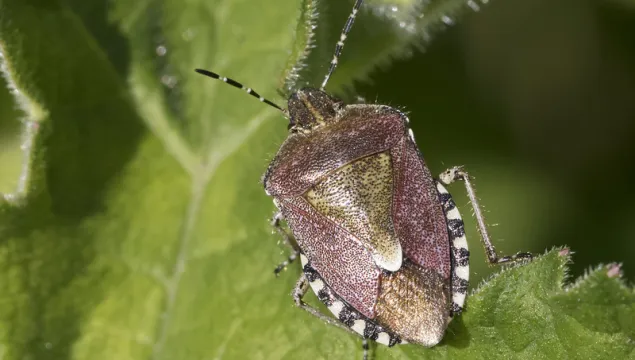
This large shieldbug lives up to its name, bristling with long pale hairs. It's a common sight in parks, hedgerows and woodland edges in much of the UK.
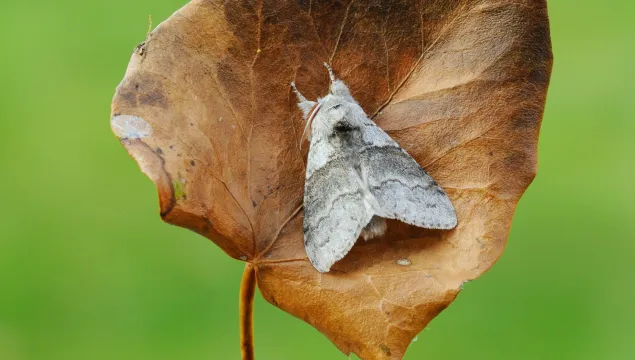
This large, fluffy-legged moth is often attracted to lights in May and June.
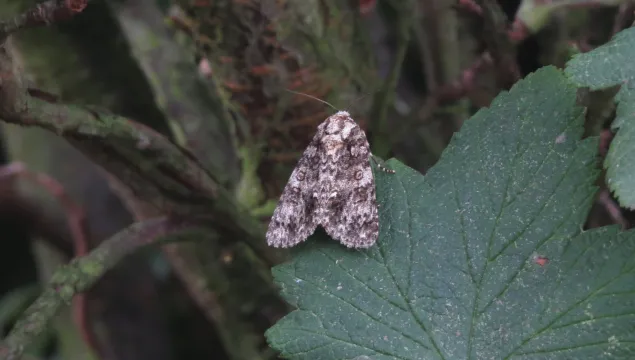
A common moth across most of the UK. The large, hairy caterpillars are often seen in late summer.
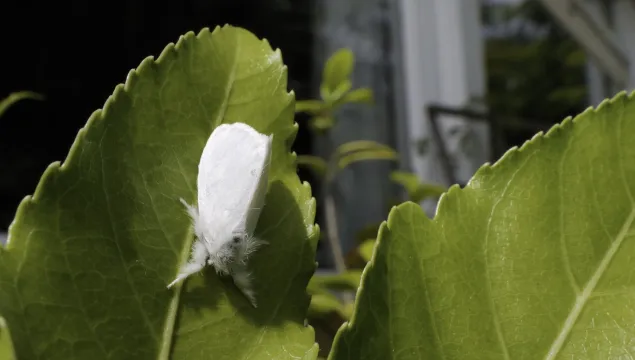
The caterpillars of this fluffy white moth are best admired from a distance, as their hairs can irritate the skin.
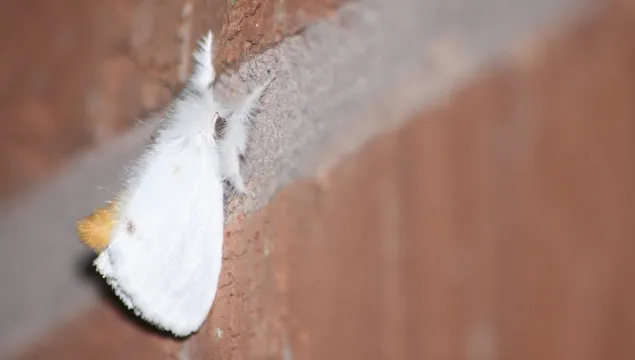
This snowy white moth is easily mistaken for the similar brown-tail, until it lifts its abdomen to reveal a burst of golden-yellow.
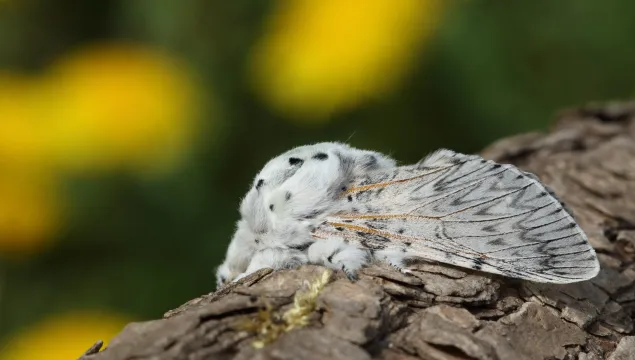
The puss moth is a large and fluffy moth, with a very strange looking caterpillar.
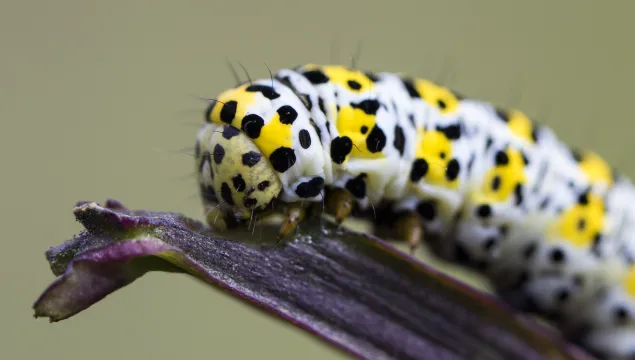
You're more likely to see the attractive, brightly coloured caterpillars than the mullein moth itself.
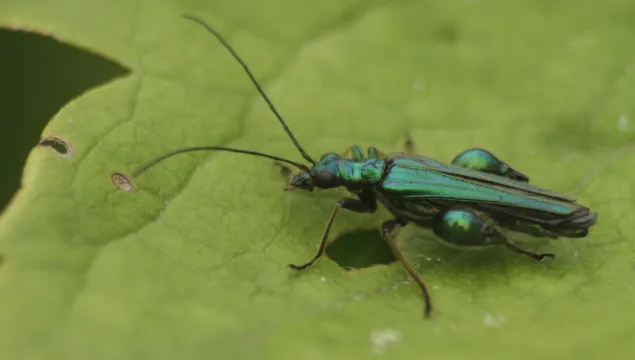
This metallic green beetle can be seen visiting flowers on sunny days in spring and summer.
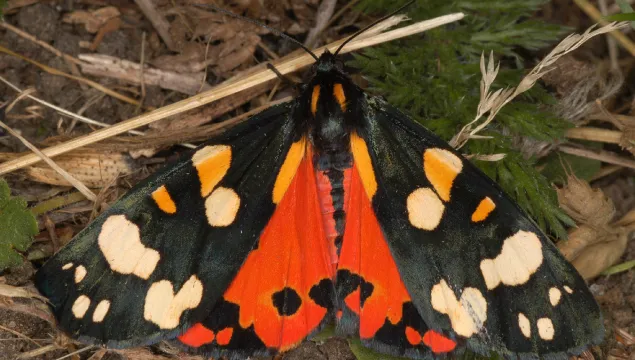
This beautiful moth is often found resting on leaves, though it does also fly during the day.
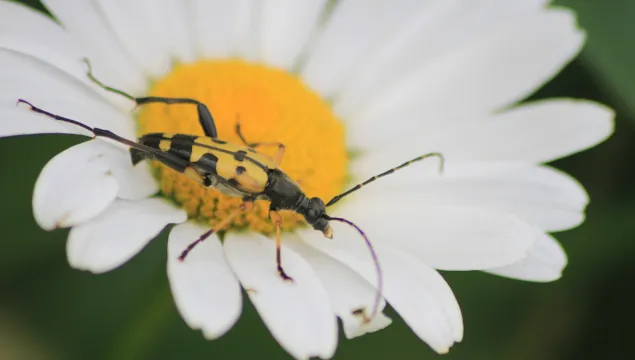
This brightly-coloured beetle is often found feeding on flowers on warm days in late spring and summer.
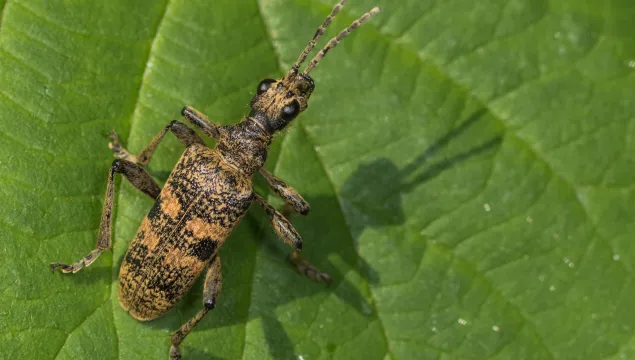
These bulky beetles can sometimes be found on flowers in woodland rides or along hedgerows.